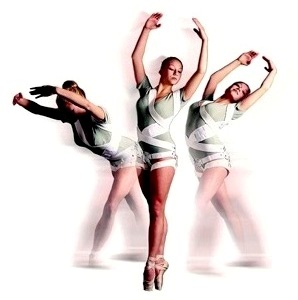The most common type of Scoliosis is called Idiopathic meaning that there is no one cause that has been identified. What is known is that there are a number of factors involved and addressing as many of the potential issues will yield the best treatment results. This study looked specifically at how adding a lift to a Scoliosis patients shoe to balance the base of the pelvis, which serves as the base of the spine, would affect the curves.
They included 46 Scoliosis patients in the study with an average age of about 12 years old. On these patients a detailed X-ray exam was done to measure if there was a difference between the height of their legs and a tilt to the left or right of the pelvis. They also measured the spinal curves and any changes to the posture, like uneven shoulders. If they found a short leg on one side or that the pelvis, which is the base the spine sits on, was unlevel then a shoe lift was put in on the appropriate side. They then re-measured the tilt of the pelvis, the scoliosis curves and noted any changes to the posture.
What they found on the re-exam after putting an appropriate shoe lift in was that the tilt of the pelvis decreased by about 90%. This balancing of the pelvis also led to changes in posture, shoulders were more balanced and if the pelvis was shifted right or left it too was more centered. They also found that the torso or ribcage area of the body was more balanced over the pelvis after putting in the lift. They even found a 30-40% decrease in the measurement of the scoliosis curves!
There are a number of important points to take from this study. First a shoe lift alone is not the only treatment a scoliosis patient needs. However evaluation for a short leg and tilt of the pelvis must be a part of any comprehensive treatment plan. It is also important to note that the before and after evaluations were done on these patients on the same day. After the patient gets used to the lift and as muscles and ligaments shift to the new adaptations the changes may be even better than reported. Lastly these patients were still growing. The positive changes to their posture, spinal curves, and overall balance will affect how the bones grow and form so the benefits will last the rest of their lives.
Eur Spine J (2001) 10:107-113
By Dr Scott Szela

